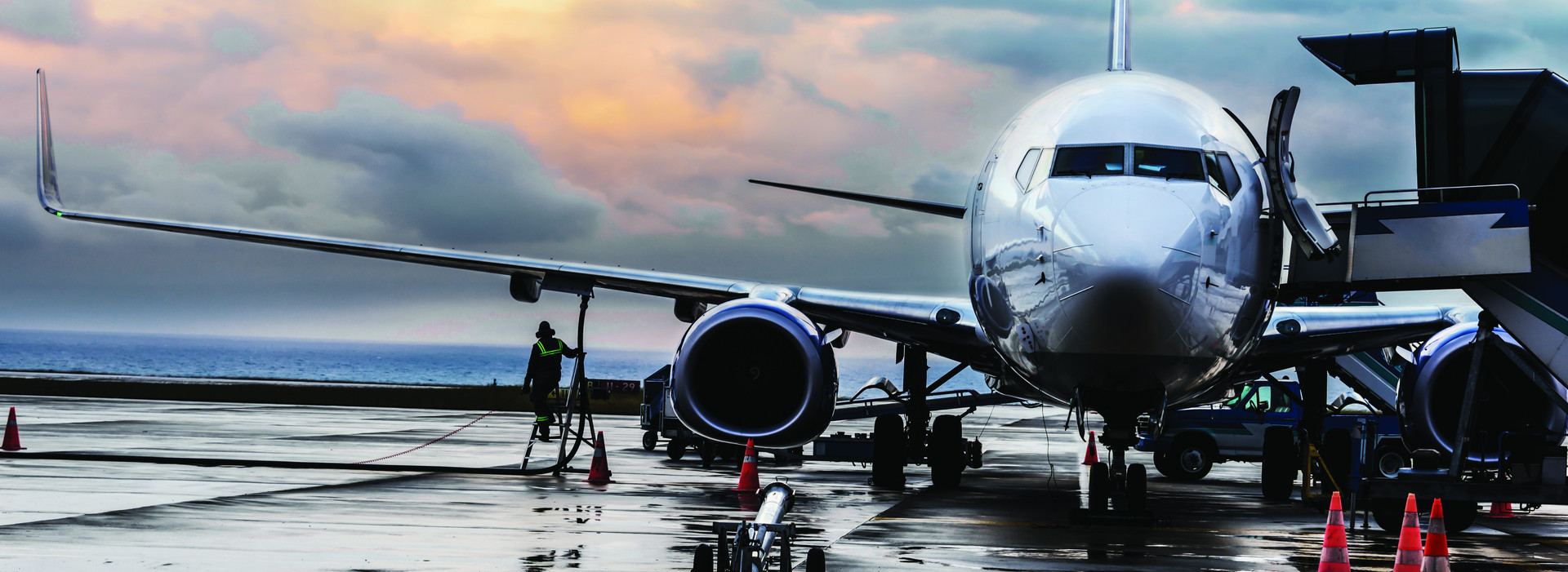As concerns about climate change and environmental degradation continue to escalate, the aviation industry is under increasing scrutiny for its significant environmental impact. While air transport plays a crucial role in facilitating global connectivity and economic growth, it also contributes to greenhouse gas emissions, air pollution, and noise pollution, raising questions about its long-term sustainability. In response to these challenges, stakeholders within the aviation industry are actively pursuing strategies to mitigate environmental impacts and transition towards more sustainable practices. In this article, we explore the environmental aspects of air transport, examine the industry’s efforts to address sustainability concerns, and highlight key initiatives driving progress towards a greener aviation sector.
Environmental Impact of Air Transport:
Air transport is a major source of greenhouse gas emissions, primarily carbon dioxide (CO2), which is released during the combustion of jet fuel in aircraft engines. In addition to CO2, aviation emissions also include other pollutants such as nitrogen oxides (NOx), sulfur oxides (SOx), particulate matter (PM), and water vapor, which contribute to air quality deterioration and environmental degradation. Furthermore, aircraft noise pollution, particularly around airports and flight paths, can have adverse effects on local communities, wildlife, and ecosystems, leading to noise-induced stress, sleep disturbance, and disruption of natural habitats.

According to the International Civil Aviation Organization (ICAO), aviation accounts for approximately 2-3% of global CO2 emissions, a figure that is expected to increase as air travel demand continues to grow. While aviation emissions represent a relatively small percentage of total greenhouse gas emissions compared to other sectors, the rapid growth of the aviation industry poses challenges for achieving climate targets and reducing overall emissions. Moreover, the concentration of aviation emissions at high altitudes can amplify their warming effect on the atmosphere, contributing to climate change and global warming.
Efforts to Address Sustainability:
In recognition of the environmental challenges associated with air transport, the aviation industry has been actively pursuing initiatives to reduce its environmental footprint and transition towards more sustainable practices. One of the primary strategies adopted by airlines and aircraft manufacturers is the development and adoption of more fuel-efficient aircraft and engine technologies. New-generation aircraft, such as the Boeing 787 Dreamliner and Airbus A350, feature lightweight composite materials, advanced aerodynamics, and fuel-efficient engines, resulting in significant reductions in fuel consumption and emissions compared to older aircraft models.
Furthermore, airlines are investing in alternative fuels and sustainable aviation fuels (SAF) derived from renewable sources such as biofuels, synthetic fuels, and hydrogen. SAF offer the potential to reduce aviation emissions and mitigate the environmental impact of air travel by offering a lower carbon footprint compared to conventional jet fuel. While SAF currently represent a small fraction of total aviation fuel consumption, their use is expected to increase in the coming years as production capacity expands, technology advances, and regulatory frameworks incentivize their adoption.
In addition to technological innovations, airlines and airports are implementing operational measures and best practices to optimize flight operations, reduce fuel burn, and minimize emissions. These measures include optimized flight planning, route optimization, single-engine taxiing, and ground-based power units to reduce aircraft emissions during ground operations. Furthermore, air traffic management (ATM) modernization initiatives, such as the implementation of performance-based navigation (PBN) and continuous descent approaches (CDA), enable more efficient use of airspace and reduce fuel consumption and emissions during flight.
Key Initiatives Driving Progress:
Several key initiatives and partnerships are driving progress towards a greener and more sustainable aviation sector. The Carbon Offsetting and Reduction Scheme for International Aviation (CORSIA), developed by ICAO, aims to mitigate the growth of international aviation emissions by requiring airlines to offset their emissions through carbon offset projects. CORSIA provides a framework for carbon offsetting and emissions reduction measures, encouraging airlines to invest in carbon-neutral technologies and sustainable practices.

Moreover, industry collaborations such as the Sustainable Aviation Fuel Users Group (SAFUG) and the Clean Skies for Tomorrow Coalition bring together airlines, fuel producers, governments, and environmental organizations to accelerate the deployment of SAF and promote sustainability initiatives within the aviation industry. These collaborative efforts facilitate knowledge sharing, technology development, and policy advocacy to advance the adoption of sustainable aviation fuels and reduce the environmental impact of air travel.
In conclusion, the environmental aspects of air transport present complex challenges and opportunities for the aviation industry. While air transport plays a vital role in global connectivity and economic development, it also contributes to greenhouse gas emissions, air pollution, and noise pollution, necessitating concerted efforts to address sustainability concerns. By investing in fuel-efficient aircraft, adopting sustainable aviation fuels, implementing operational measures, and collaborating on industry-wide initiatives, stakeholders within the aviation sector can mitigate environmental impacts and transition towards a more sustainable and environmentally responsible future for air transport.


